Here’s a free guide that’s really good to have at hand any time you’re on the water. I print out a copy and keep it where I can easily grab it whenever I’m uncertain or just to double-check that I’m remembering things correctly.
While we may know the common markers, sounds and lights that we see, there are always times that we run into something unusual . . . or maybe we are now in a new area (say, going up the ICW after cruising the Bahamas).
- What does a short-long-short horn mean? What does it mean that he just said he’ll pass me on the two-horn side?
- Are the reds on the east or west side on the ICW?
- Does that mean “danger – stay away” or “here’s the channel”?
Other times, we’re looking at the chart and wondering what the symbol there will look like on the water. That’s when this page comes in handy:

Very nicely, the US Coast Guard has made this info into a free brochure that you can download. Below is taken directly from the Coast Guard site, so the brochure should be the most recent one published.
Click here to view the PDF. Right-click this link to download (PDF, 6.7 mb)

Quickly find anchorages, services, bridges, and more with our topic-focused, easy-to-use waterproof guides. Covering the ICW, Bahamas, Florida, and Chesapeake.
Explore All Guides

Carolyn Shearlock has lived aboard full-time for 17 years, splitting her time between a Tayana 37 monohull and a Gemini 105 catamaran. She’s cruised over 14,000 miles, from Pacific Mexico and Central America to Florida and the Bahamas, gaining firsthand experience with the joys and challenges of life on the water.
Through The Boat Galley, Carolyn has helped thousands of people explore, prepare for, and enjoy life afloat. She shares her expertise as an instructor at Cruisers University, in leading boating publications, and through her bestselling book, The Boat Galley Cookbook. She is passionate about helping others embark on their liveaboard journey—making life on the water simpler, safer, and more enjoyable.
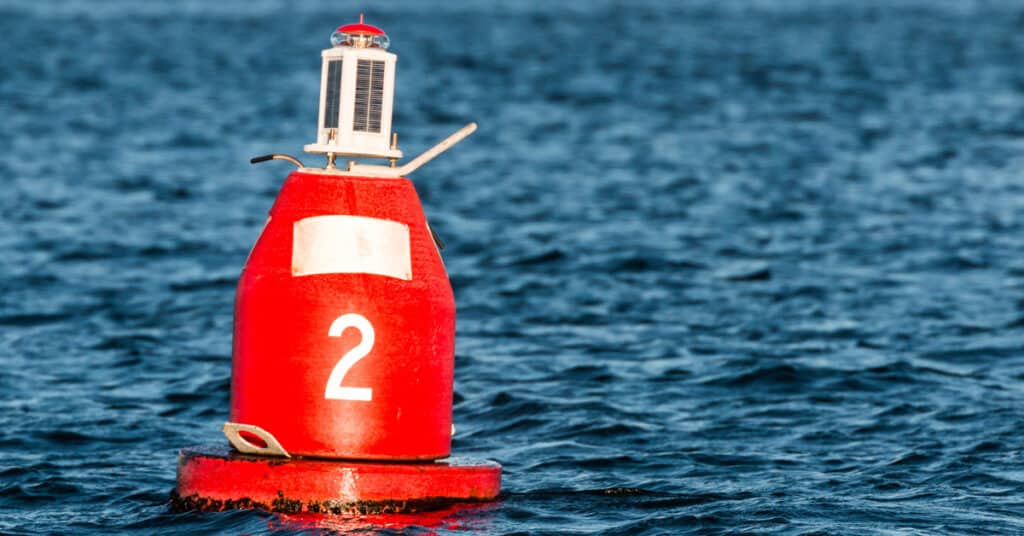


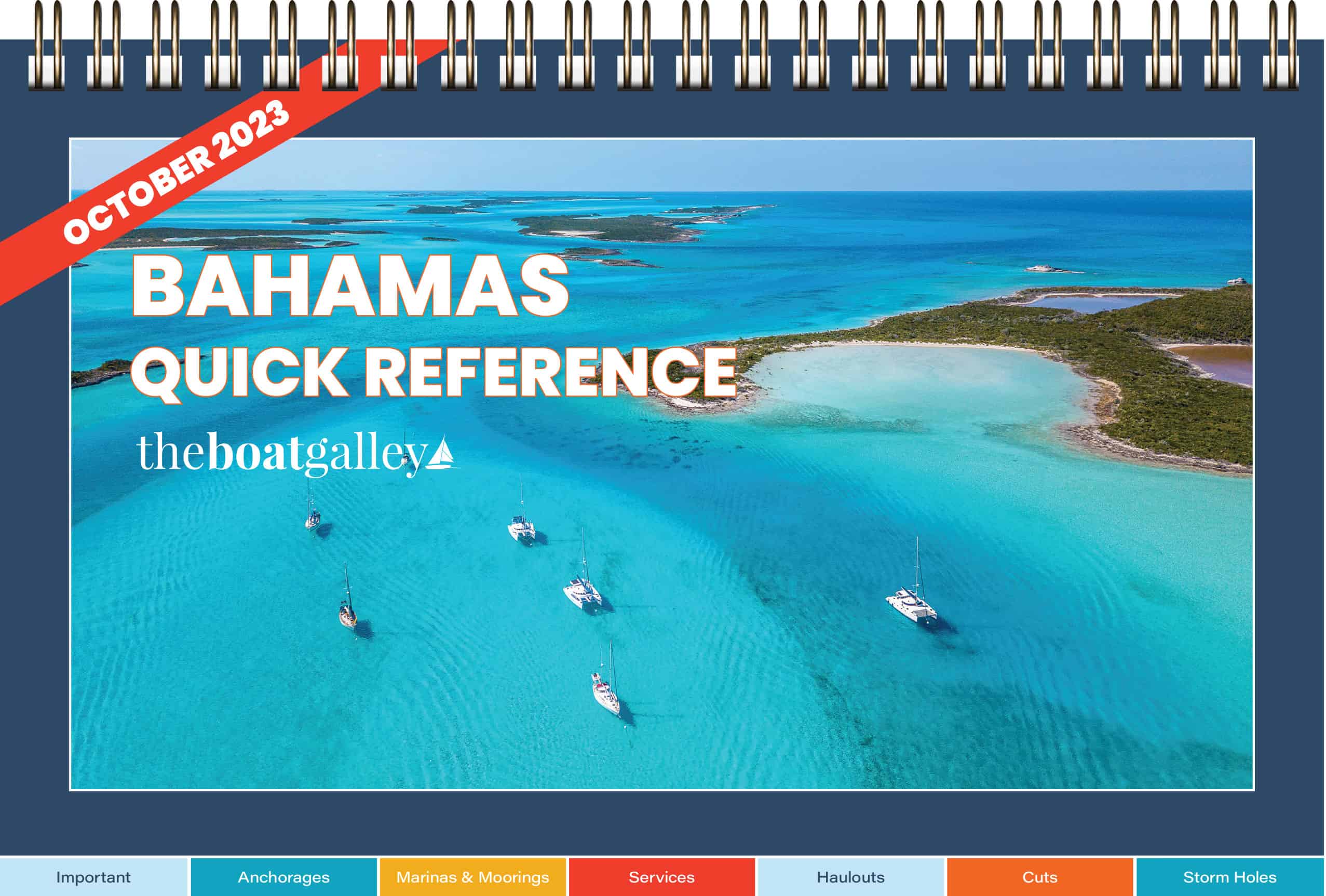
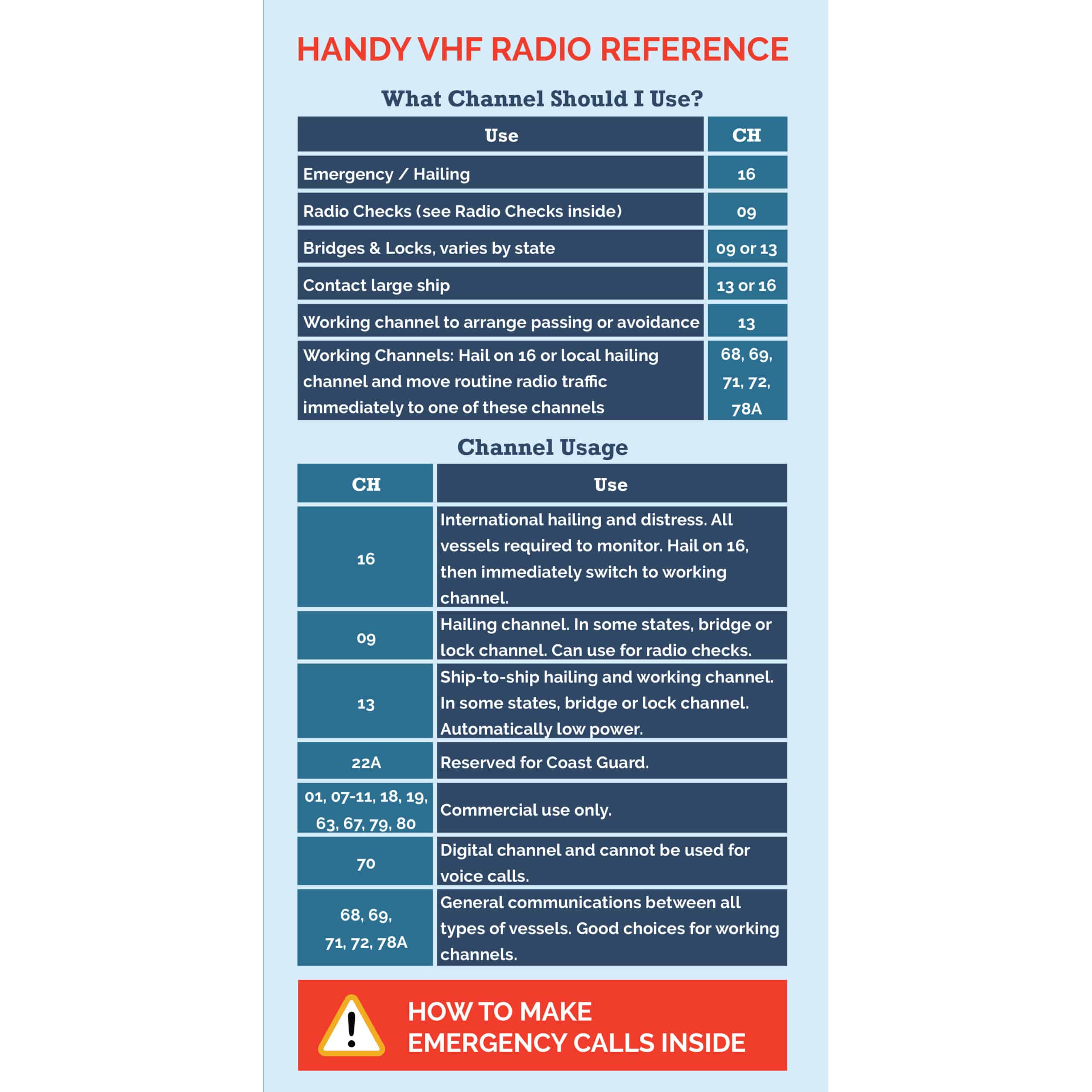



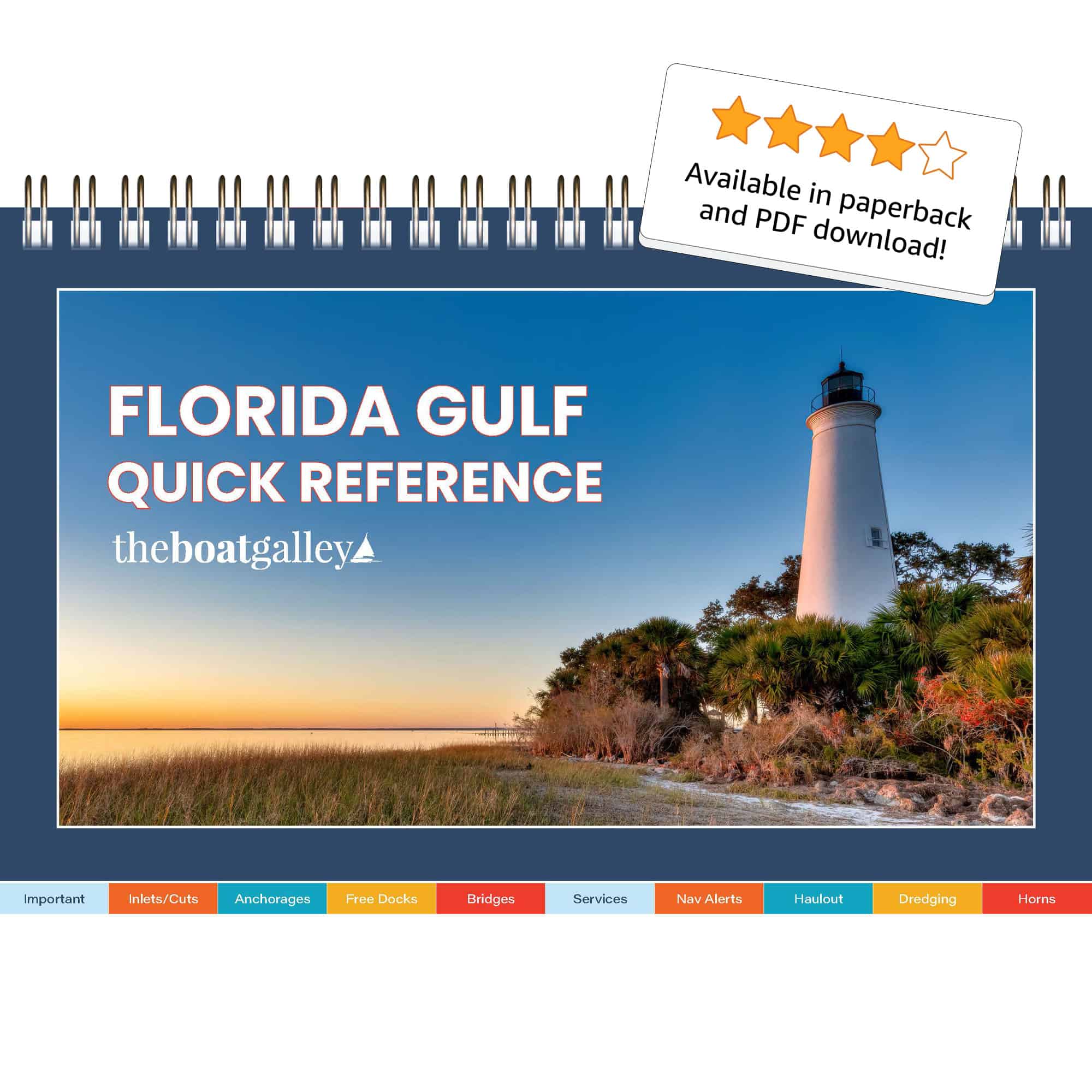
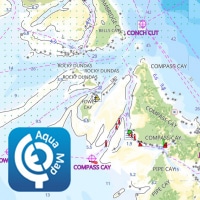
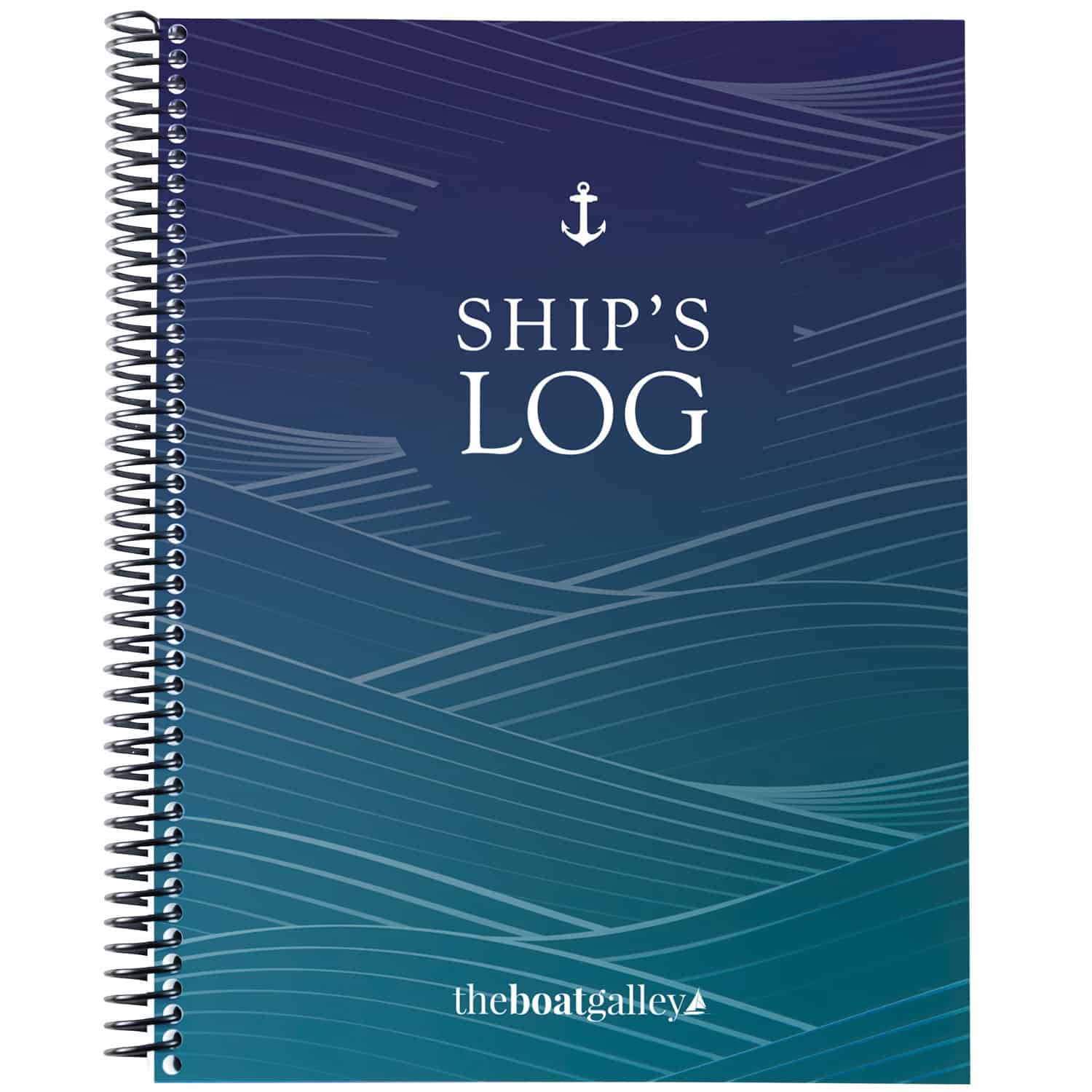
Ellen @ The Cynical Sailor says
Thanks for the link Carolyn. This will really come in handy!
C.E. Jones says
Nice info, but one small point.
The reds on the ICW are on the MAINLAND side. On the Florida west coat, they’ll be on the east side, on the Texas and Louisiana ,Alabama, Mississippi coasts, they are on the NORTH side.
Mark Bertsche says
Hey all my boating buddies – you know who you are. Download and save this one.
Billeona Alderman says
Jimmy Alderman
David Anderson says
Red Nun Bouy
Ernest Lorimer says
There is a lock on the Thames in Oxford with a sign that says “Keep left of the little red floaty things”
Jacki says
Also in the US on the East Coast we say “red right return” for the markers.
Carolyn Shearlock says
That is not always true with ICW and other channel markers.
Craig Deline III says
If you don’t know this, you shouldn’t be out there, it just makes it very dangerous for the rest of us… as I’ve said for years, “they’ll sell anyone a key”
Carolyn Shearlock says
There are many markers that most of us see only rarely. It’s ALWAYS good to have a reference onboard.